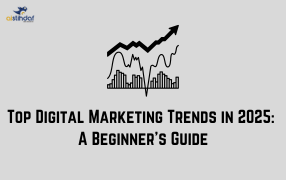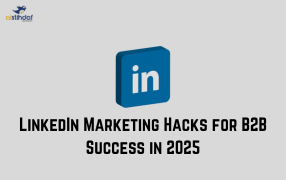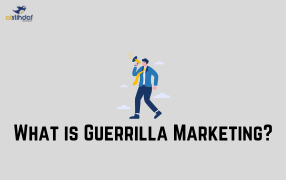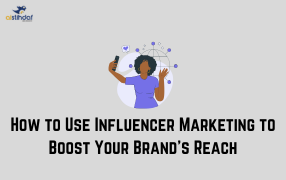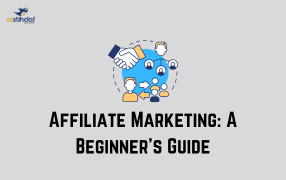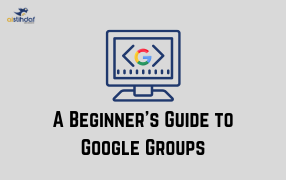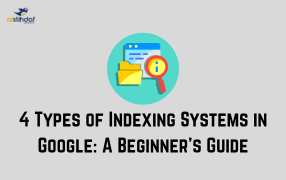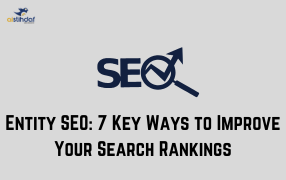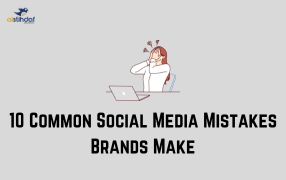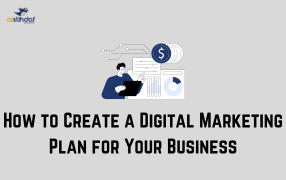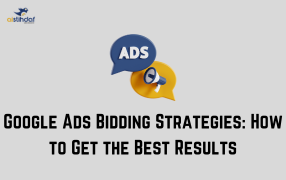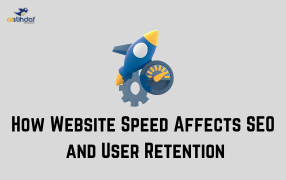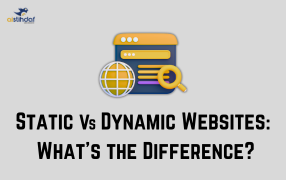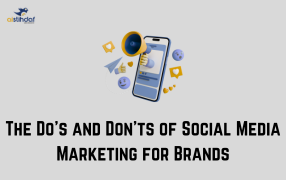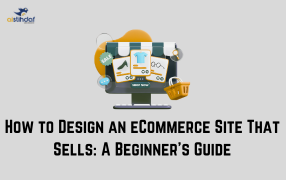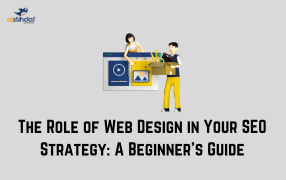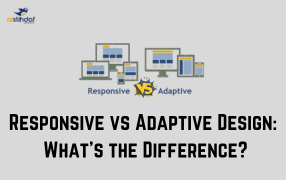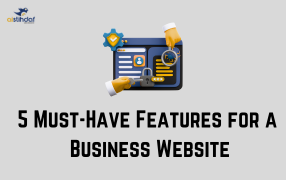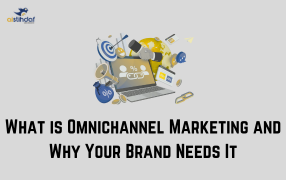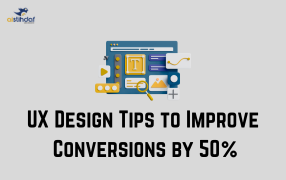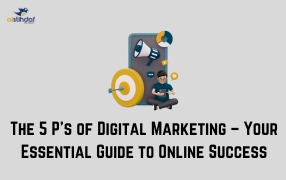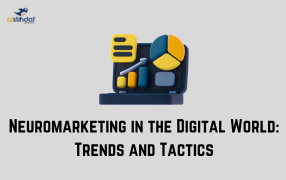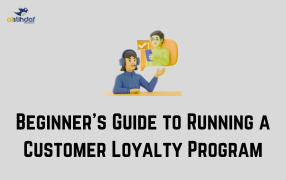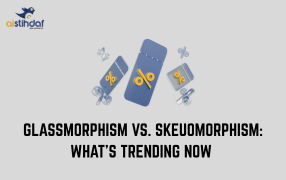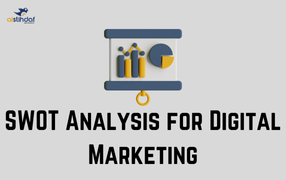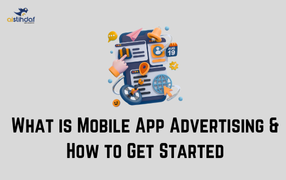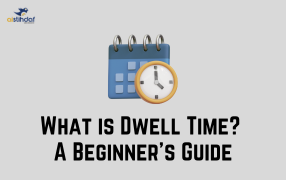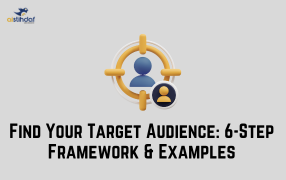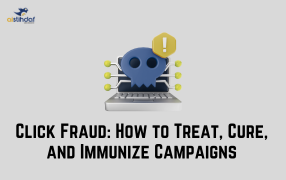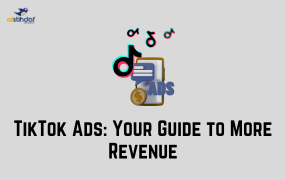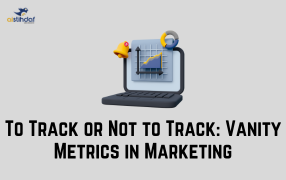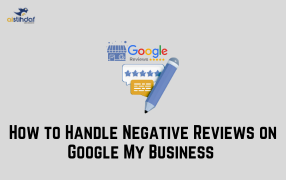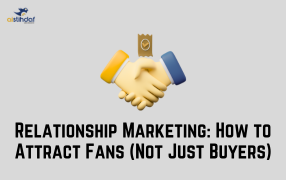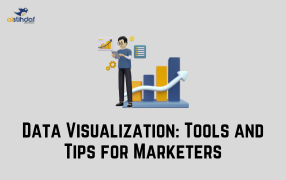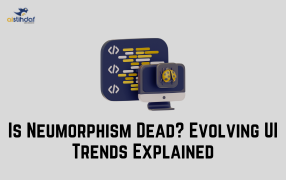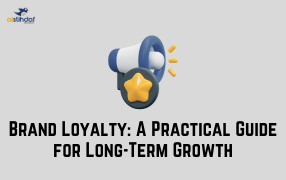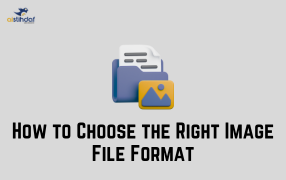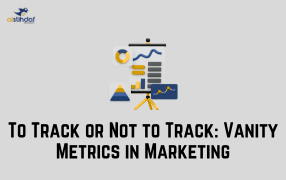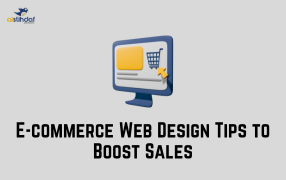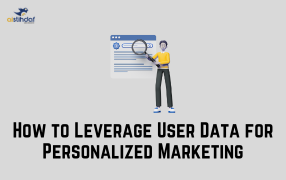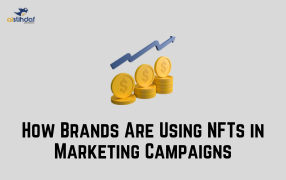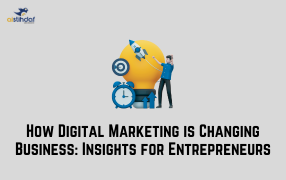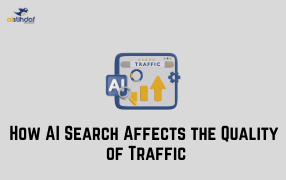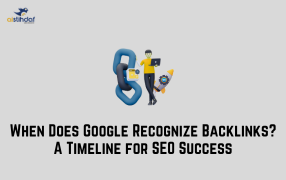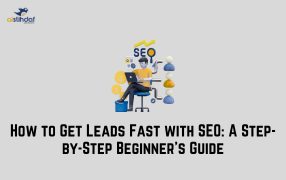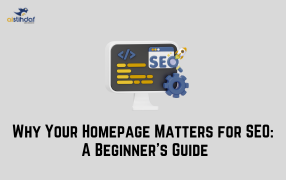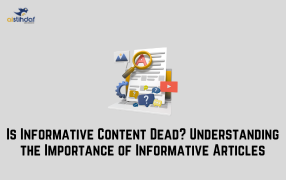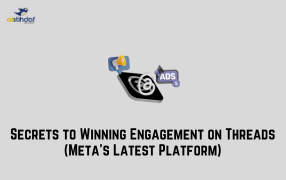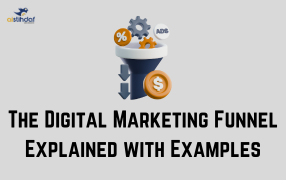
The Digital Marketing Funnel Explained with Examples
In the world of digital marketing, success isn’t just about getting attention—it’s about guiding potential customers on a journey from interest to action. This is where the digital marketing funnel comes in. If you’re new to marketing, don’t worry! In this blog, we’ll break down the funnel into simple stages and show you how businesses turn clicks into customers using real-world examples.
🔹 What is a Digital Marketing Funnel?
A digital marketing funnel is a step-by-step process that represents how a person moves from first learning about your brand to eventually making a purchase. Think of it like a path your customers take online.
The funnel is usually divided into three main stages:
-
Top of the Funnel (Awareness)
-
Middle of the Funnel (Consideration)
-
Bottom of the Funnel (Conversion)
Let’s dive into each stage with examples.
1. Top of the Funnel (Awareness)
Goal: Let people know your brand exists.
At this stage, people don’t know much (or anything) about your business. The aim is to grab attention and build awareness.
Tactics used:
-
Social media posts
-
Blog articles
-
YouTube videos
-
Paid ads targeting a wide audience
Example:
A skincare brand runs Instagram Reels showing the benefits of natural ingredients. The videos don’t sell anything directly, but they catch people’s interest and bring them to the brand’s page.
2. Middle of the Funnel (Consideration)
Goal: Educate and build trust with potential customers.
Now that people know who you are, they start exploring your offerings. They’re comparing options, reading reviews, or downloading guides.
Tactics used:
-
Email newsletters
-
Case studies
-
Product demos or explainer videos
-
Retargeting ads
Example:
After watching the skincare brand’s video, a user signs up for a free eBook on “5 Tips for Clear Skin.” Over the next week, they receive helpful emails with tips and product suggestions.
3. Bottom of the Funnel (Conversion)
Goal: Turn interest into action—like a sale or sign-up.
At this point, your audience is ready to take action. They just need a final nudge.
Tactics used:
-
Special offers or discounts
-
Customer testimonials
-
Limited-time campaigns
-
Clear calls-to-action (CTAs)
Example:
The skincare brand sends an email with a 20% discount code for first-time buyers. The customer finally makes their first purchase.
Bonus: Post-Purchase & Retention (Loyalty)
Smart marketers go beyond just the sale. They keep in touch, encourage repeat purchases, and turn buyers into brand advocates.
Tactics used:
-
Loyalty programs
-
Thank-you emails
-
Feedback surveys
-
Re-engagement campaigns
Example:
A month after their purchase, the skincare brand emails the customer a guide on “How to Get the Best Results” using the product—plus a coupon for their next purchase.
Conclusion:
The digital marketing funnel helps businesses build relationships step-by-step, instead of just pushing for a sale right away. By understanding where your audience is in their journey, you can share the right message at the right time.
If you’re ready to build or improve your own funnel and boost your online results, it’s time to partner with the best digital marketing agency in Dubai. From awareness to conversion, the right agency will help you create a funnel that attracts, nurtures, and converts customers—consistently.


